Last Updated February 22, 2022
Have you been looking at a few different budgeting methods but have a hard time finding one that works for you? Find out the 5 most popular budgeting methods, and get help deciding which one is the right one for you.
5 Most Popular Budgeting Methods:
1. Zero Based Budgeting
Zero based budgeting is a budgeting method where you tell every dollar where to go. With this method, every dollar has an assigned purpose and you’re left with zero at the end of the month. This may seem a little confusing, so let me break it down a little further…
At the beginning of the month, you calculate your income and then plan exactly how you will spend it. The goal is to have no money left to budget at the end of the month. So for example, you would assign some of your income to your expenses, debt, savings, and investing.
Here’s an example of how you would use the zero based budgeting method with the this Free Monthly Budget Worksheet:
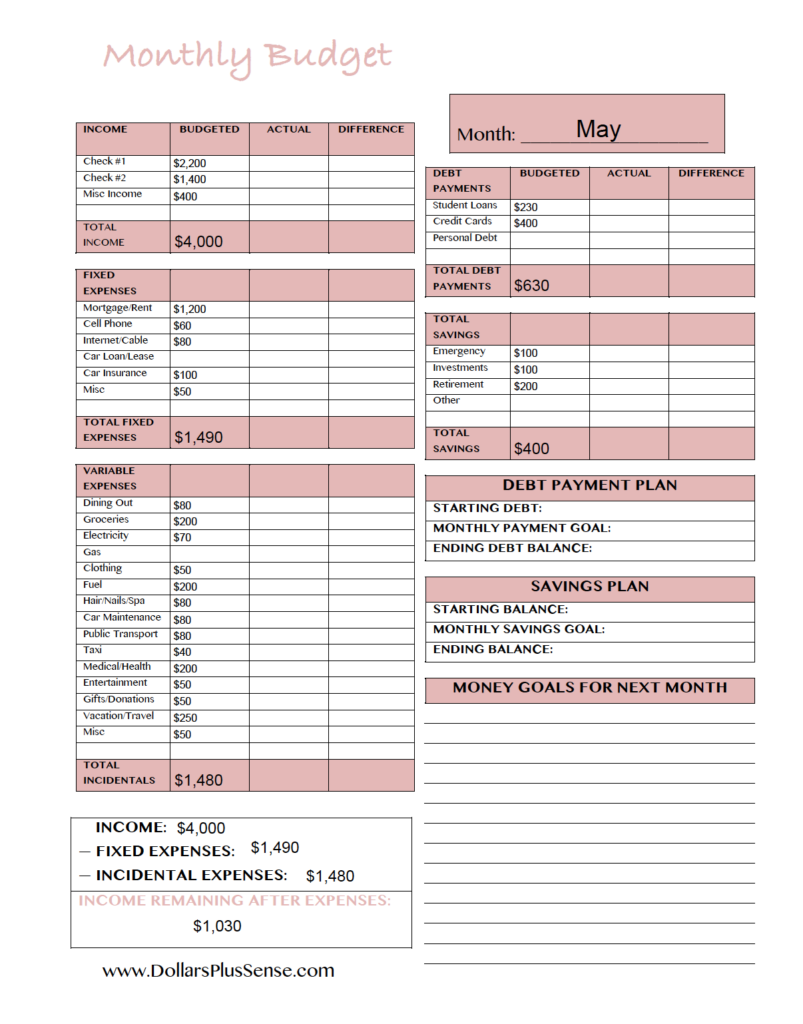
As you can see, after I pay all my expenses, I have $1,030 leftover. I put another $630 towards my debt and $400 towards savings. Leaving $0 leftover at the end of the month.
Who This Budgeting Method Best For?
This budgeting method is best for people who are meticulous planners. You don’t mind tracking your spending and like to analyze numbers. Your goal is to make the most of your money. You want to save and cut expenses as much as possible.
I personally think this is the best budgeting method because it gives you the most information about where your money is going. I like my budget to give me “information” so I can make changes where necessary.
By understanding your spending, you can perfect your budget specifically to you. If you’re interested in trying this system, you can download the FREE Monthly Budget Worksheet you saw in the example above.
However, if you want to get serious with your savings and need something a little more sophisticated, I recommend these Budget Templates. These are the templates I currently use and it has helped me save over 50% of my income every month.
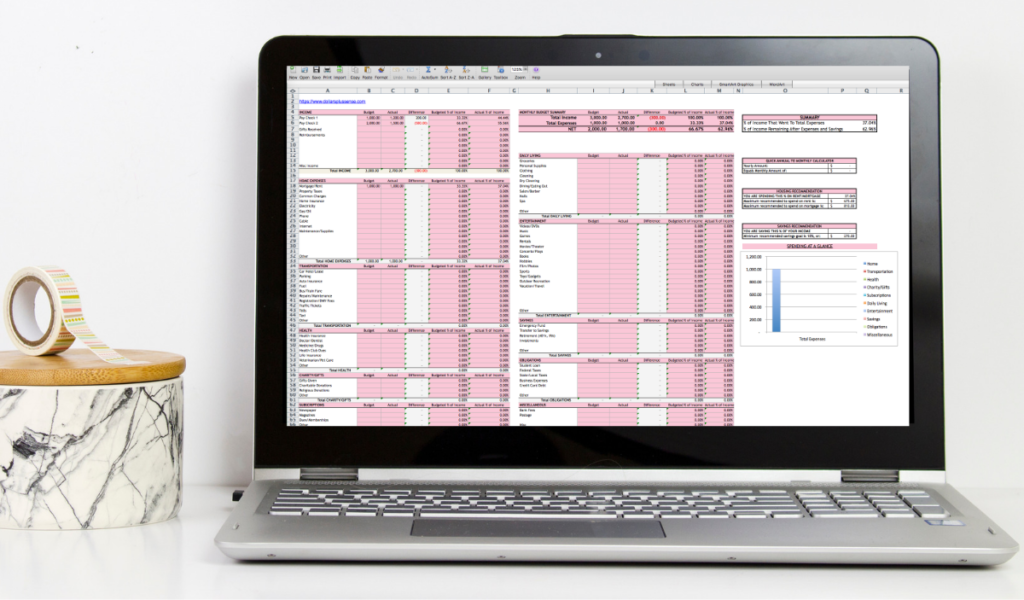
If you want to know exactly how I use these budget templates, you can read my detailed article “How To Use A Monthly And Yearly Household Budget Spreadsheet.”
2. Cash Envelope System
Another one of the more popular budgeting methods is the cash envelope system. You may have heard of the cash envelope system made famous by money guru Dave Ramsey, but you might not be sure exactly how it works.
The cash envelope system is a budgeting method where you use cash for the different variable expenses you have each month. A variable expense just means the expenses vary or are different every month. For example, groceries or gas.

The benefit of this method is it prevents you from overspending since you’re using cash. An additional benefit to this method is you do not have to track every purchase if you don’t want to. You will know how much you have spent in each expense category based on how much money is left in the envelope at the end of the month.
If you want to learn more about how to use the cash envelope method, you can read my detailed article “How To Use The Cash Envelope System.”
Who This Budgeting Method Best For?
This method is great for people who have a hard time with overspending, sticking to a budget, or lodging expenses. If you need help curbing your spending or staying out of debt, I would recommend this system. It is also a good system if you hate tracking your spending.
This is the method I first used when I started my financial journey and it really helped me get my spending under control.
If you’re interested in trying this system, you can download these FREE Cash Envelopes found in my Resource Library to help you get started, or get these more durable cash envelopes from Amazon (pictured below).
3. Cash Envelope Method Without Cash
You may love the idea of the cash envelope method made famous by Dave Ramsey, but you don’t love the idea of walking around with cash all the time. I totally get it!
Although I think the cash envelope method is great for those who need a little more discipline when sticking to a budget, the cash envelope method also has a few disadvantages.
Some reasons you may not like the idea of using cash are:
- You are at risk of loss or theft because you may have large sums of cash in your home or on your person.
- You don’t have the protection and cash back rewards that credit cards can offer.
- Going to the bank regularly might be very inconvenient for you.
- You lose out on any potential interest on your savings because your cash is in an envelope and not in a savings account.
If you want to get the benefits of the cash envelope method without using cash, you can try the cashless envelope system.

Using the cashless envelope method is pretty much the same as the cash envelope method. But instead of using the amount of money in your envelopes to track your spending, you would need to track your spending manually on an expense tracker.
Having this system in place will make sure you don’t overspend.
If you want to learn more about the cashless envelope system, you can read my detailed article “How To Use The Cash Envelope Method Without Cash.”
Who This Budgeting Method Best For?
This method is best for people who need help with overspending. You love the idea of the envelope system, but don’t like carrying cash everywhere. You also like the convenience of credit cards, plus the rewards and protection that comes with them. Finally, you’re willing to take the time to track your spending.

I would only recommend this system if you’ve been budgeting for some time and have a little more discipline with your spending.
If this is your first time trying to stick to a budget, I would recommend you start with the cash envelope method first. Once you’ve mastered that, you can try the cashless envelope method.
If you’re interested in trying this system, you can download this FREE Daily Expense Tracker to help you keep track of your spending.
You can also use technology to help you keep track of your spending. Sign up for Personal Capital, a FREE wealth management tool that automatically logs your spending for you.
The way it works is you link all of your credit cards and bank accounts to Personal Capital. After you link all your accounts, you can see all your accounts in one place to have better money oversight. Personal Capital is a FREE resource that I highly recommend.
I also like to visit Personal Capital at least once a week to make sure there are no unauthorized transactions in my bank accounts or on my credit cards.
4. Reverse Budget
With the reverse budgeting method, you build your spending plan AFTER you have set aside money for saving. You pay yourself first, and what’s left over you can spend on your expenses. Once you set up your spending plan, you don’t have to track your spending or allocate where your money is going.
The downside to this method is you can end up spending more than you earn if you use credit cards. When you’re not tracking your spending, it’s easy to overspend unless you’re using cash.
If you’re going to use this “pay yourself first method,” do not rely on your credit cards to make up for any overspending. If you do, then you’re not truly saving as much as you think you are, and the whole system will collapse.
If you want to learn more about the reverse budgeting method, you can read my detailed article “Reverse Budget: How To Make A Budget When You HATE Budgeting.”

Who This Budgeting Method Best For?
This method is a good choice for disciplined spenders. It is also best for people who hate budgeting and have a hard time saving money. This system makes saving a priority so you never forget to do it.
I recommend you use cash with this budgeting method to make sure you don’t overspend with your credit cards. I also recommend you automate your savings to make it less painful to save.
5. 50/20/30 Method
The last of the popular budgeting methods is the 50/20/30 Method. This budgeting method says you should allocate 50% of your monthly income to necessities, 20% to savings and debt repayment, and 30% to wants. The 50/20/30 formula is based on your net (after-tax) income.
This budgeting method is pretty simple and was made popular by Senator Elizabeth Warren and Amelia Warren Tyagi in their book “All Your Worth: The Ultimate Lifetime Money Plan.”
The downside to this method is if you have an overwhelming amount of debt, or no emergency savings, you probably should be putting more than 20% of your pay towards debt and savings.
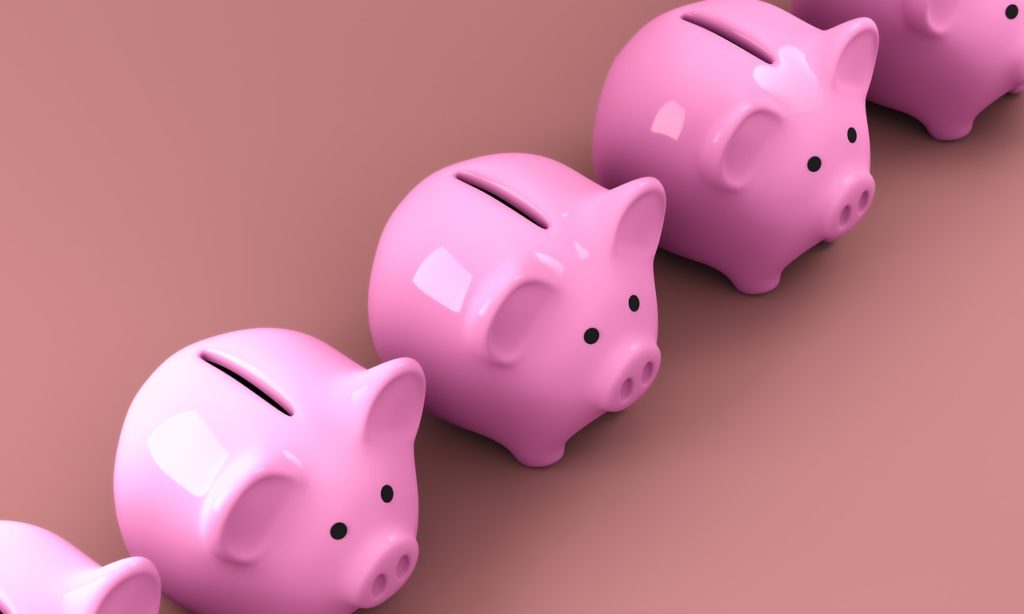
Who This Budgeting Method Best For?
This method is best for people who hate tracking their spending and have a hard time saving money. It is probably the most flexible budgeting method and very simple to put into use. Finally, this method is good for you if you already have a suitable emergency fund and debt under control.
How To Choose The Right Budgeting Method For You
Now that we reviewed the 5 most popular budgeting methods, let’s decide what’s the right budgeting method for you. I have broken down my recommendations below. This will help you choose the right budgeting method based on your experience with budgeting.

Beginner Budgeter:
- Cash Envelope System – great for people who need help with overspending and hate tracking their spending. Not great because you’re constantly going to the bank and carry cash all the time.
- 50/20/30 Method – great for people who hate tracking their spending and need help saving every month. Not great if you’re drowning in debt and don’t have an emergency fund set up.
Intermediate Budgeter:
- Reverse Budget – great for people who hate tracking their spending and need help with saving money every month. Not great if you’re not a disciplined spender (especially if you use credit cards a lot).
Advanced Budgeter:
- Cash Envelope System Without Cash – great for people who need help with overspending. Not great because you are constantly tracking your spending.
- Zero Based Budgeting – great for people who want to save and cut expenses as much as possible. You know exactly where your money is going and you can make adjustments where necessary. Not great because you have to be a meticulous planner and track your spending.
There’s nothing wrong with tweaking a method or trying something new if it is not working for you. I personally started out with the cash envelope method; then switched to the cashless envelope method, and now I currently use the zero based budgeting method.
But, whatever method you choose, be consistent and stick to your budget until you achieve your financial goals.
Summary
There are many ways to budget and each method has its pros and cons. The right method for you really depends on your personality and your overall goal for your money. Start by trying out one method for a few months first and then determine if it’s right for you.
Related Articles:
- 10 Reasons Why You Should Make A Budget
- Sticking To A Budget: How I Quit My Shopping Addiction
- 17 Tips To Have Better Finances This Year
If you want to remember this article, post it to your favorite Pinterest board.
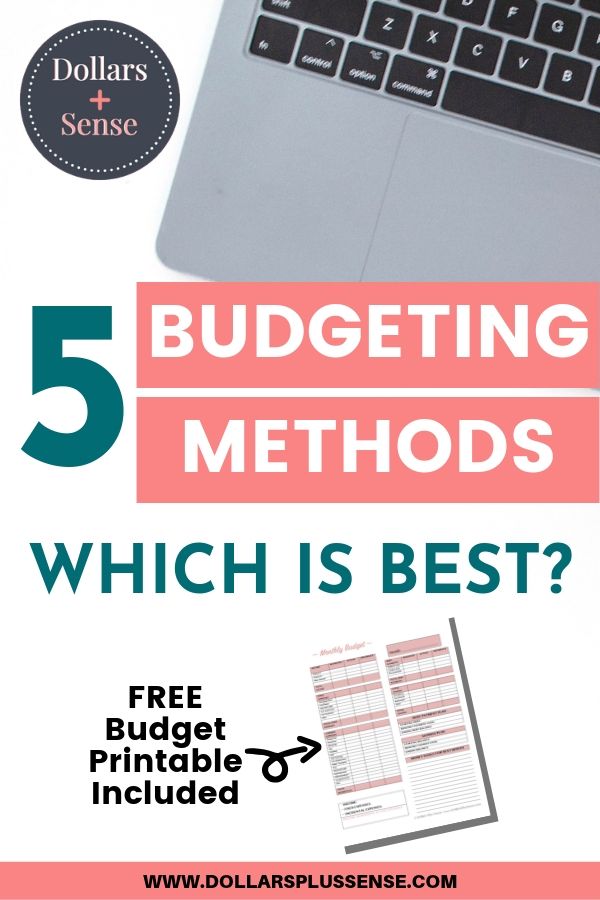



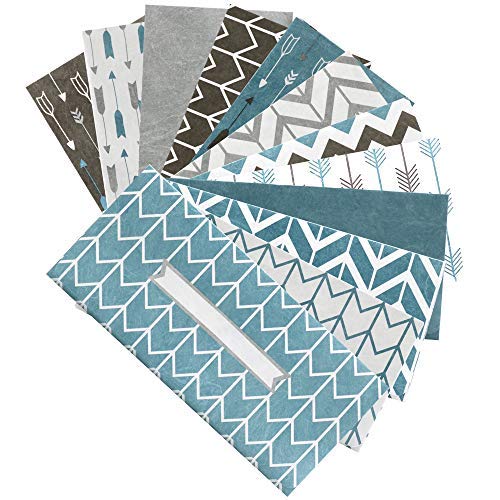
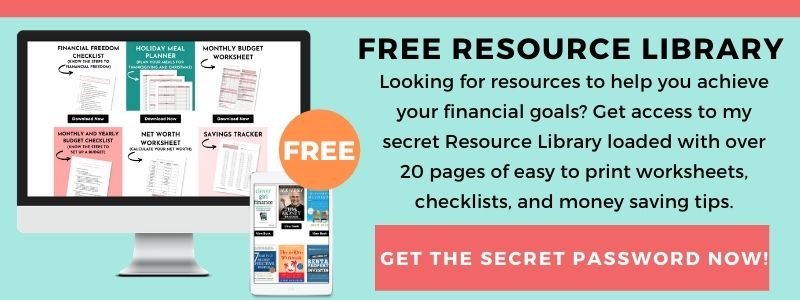


3 Comments on How To Choose The Right Budgeting Method